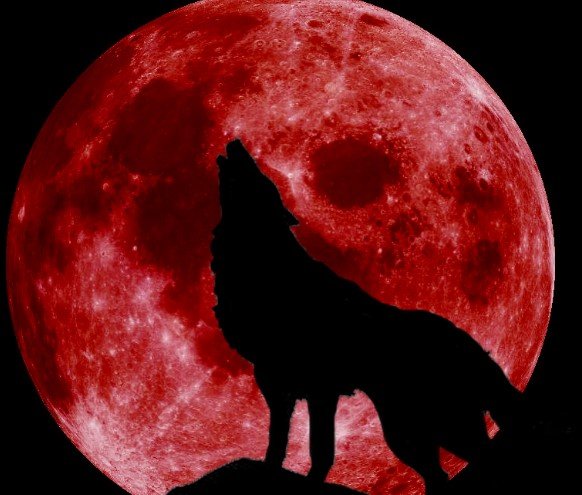A total lunar eclipse, set to bathe the moon in an eerie red hue, will light up the skies on March 14, 2025 — and this time, no U.S. state will miss out.
The Moon Turns Red: What’s Happening?
On March 13 and 14, Earth will align perfectly between the sun and the moon, casting a shadow that transforms our lunar neighbor into a haunting crimson orb — a phenomenon famously known as a “Blood Moon.” This event isn’t just rare; it’s a showstopper.
Lunar eclipses happen a few times a year, but a total eclipse visible from coast to coast across the United States is a different story. In this particular event, the moon will slip into the Earth’s umbra — the darkest part of its shadow — causing the reddish tint as sunlight filters through our atmosphere. It’s the same effect that gives sunsets their fiery glow.

Where and When to Watch
Timing is everything with an eclipse. This one’s no exception.
- The partial eclipse starts late on March 13, around 10:27 p.m. EST.
- Total eclipse — the Blood Moon phase — begins at 12:11 a.m. EST on March 14.
- The peak moment, when the moon is fully engulfed in Earth’s shadow, hits at 12:45 a.m. EST.
- The total phase ends at 1:18 a.m. EST, and the entire event wraps up by 3:00 a.m. EST.
For those on the West Coast, the action begins earlier in the evening, giving stargazers a more convenient prime-time viewing.
Why This Eclipse Is Special
What sets this one apart is its visibility. Every single U.S. state — from Maine to Hawaii — will get a glimpse. That’s a rare feat. Usually, geography or weather patterns block parts of the country from the full experience.
Plus, the moon will hang high in the sky during the totality phase, making it easier to spot, even from light-polluted urban areas. Clear skies permitting, millions across North and South America, along with portions of Europe and Africa, will share the view.
How to Make the Most of It
You don’t need fancy equipment for this one — your eyes are enough. However, to elevate the experience:
- Binoculars or a telescope can enhance the moon’s surface details.
- A camera with a zoom lens can capture stunning shots.
- Head to a dark, open area for the best visibility.
Pro tip: Lunar eclipses are safe to watch with the naked eye — no special glasses required (unlike solar eclipses).
What If It’s Cloudy?
Weather, the eternal wildcard. If your local forecast calls for clouds, don’t lose hope. Many astronomy organizations, including NASA, will livestream the event online, ensuring you won’t miss out.
The next total lunar eclipse won’t grace U.S. skies until 2028. So, if you’re a fan of cosmic wonders — or just love the idea of seeing the moon turn blood-red — this is one night worth staying up for.
